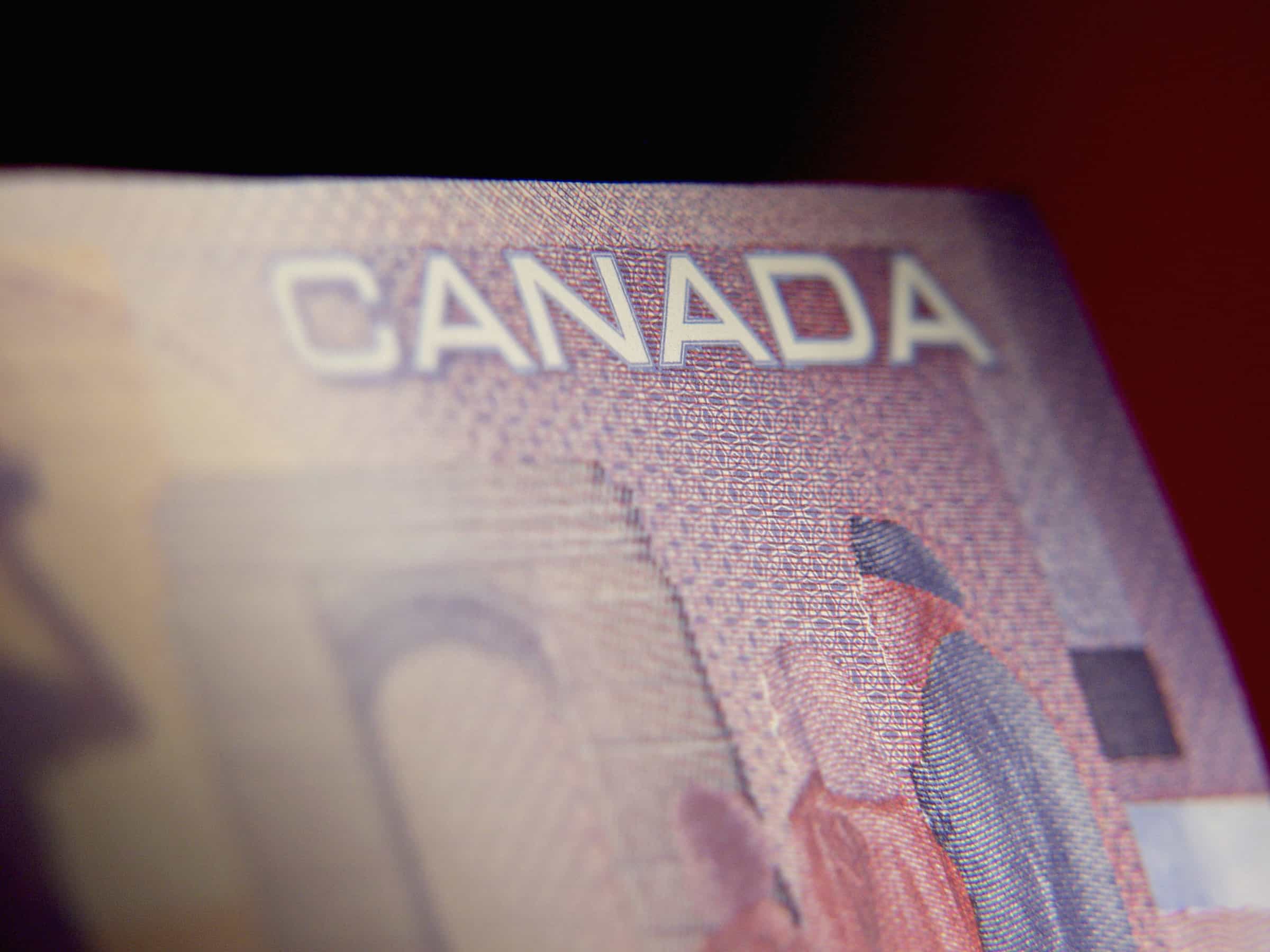Oil and gas producer Vermilion Energy Inc. (TSX:VET)(NYSE:VET) is one of the very few upstream energy companies that has left its dividend intact, despite the prolonged slump in crude. Now, with its stock down by 14% for the year to date, it has a tasty 5% yield. Along with the recent dive in oil prices, this has sparked fears that Vermilion’s dividend may not be sustainable, especially if oil prices don’t recover sometime soon.
Now what?
The key threat to Vermilion’s dividend is low oil prices. For the last two years, the company has reported a net loss, and there is considerable concern that if oil prices remain low, Vermilion will be forced to cut or even suspend its dividend.
Nonetheless, Vermilion has learned to live within its means in the currently tough operating environment.
Surprisingly for 2016, despite the average price of oil being 11% lower than 2015, Vermilion generated $21 million in free cash flow after being free cash flow negative in 2015. This marked improvement can be attributed to the company’s focus on cutting costs.
Operating expenses were 16% lower than the previous year, transportation costs fell by 19%, and general as well as administrative outgoings were down 15%. This trend will continue into 2017 because of Vermilion’s focus on driving greater efficiencies from its operations.
While net income may be an important measure of dividend sustainability, it really boils down to whether or not a company is free cash flow positive to determine if the dividend can be maintained.
More importantly, despite the claims of some pundits that Vermilion’s dividend is under threat, dividend payments have been factored in to the company’s self-funded budget and 2017 guidance. This appears achievable given that it is predicated on an estimated price of just under US$52 per barrel for West Texas Intermediate, or WTI, and US$54 for Brent.
Unlike many of its upstream peers, Vermilion didn’t load up on debt at the height of the oil boom, which means it entered the downturn with a solid balance sheet, further reducing the risk that its finances would be placed under pressure.
Impressively, despite slashing investment in exploration and development, Vermilion has been able to grow its oil and gas production. For 2016, its capital budget was slightly less than half of a year earlier, but production grew by 16% year over year.
This trend will continue into 2017. Vermilion has boosted exploration and development capital by 22% and, accordingly, oil and gas output is expected to expand by at least 9% during the year. Along with lower costs and higher oil prices, this should give Vermilion’s cash flow a healthy lift.
These factors combined with its healthy balance sheet and growing cash flows mean that Vermilion’s dividend remains sustainable for the foreseeable future at least.
So what?
Vermilion has been one of the most impressive operators in an industry that is suffering under the weight of sharply weaker oil prices. While there may be some concern about its dividend, it does appear to be sustainable, particularly when growing margins, higher oil prices, and lower operating expenses are accounted for, because each of these are working together to boost cash flows.









